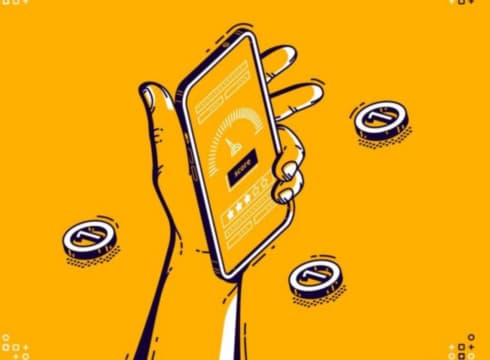Almost all customers know the lender’s name, but less than a third know about the key fact statement and grievance redressal mechanism
The report is based on a customer survey conducted by FACE through its members between December 2023 and January 2024
Among respondents, more than half show low knowledge of verification factors for loan apps and tend to only look at a limited set of parameters
Inc42 Daily Brief
Stay Ahead With Daily News & Analysis on India’s Tech & Startup Economy
Nearly one-third of high-confidence customers in India have limited knowledge about their digital loans and lack understanding on how to detect illegal lending apps, finds a new study.
The report by Fintech Association for Consumer Empowerment (FACE) says that almost all customers know the lender’s name, but less than a third know about the key fact statement and grievance redressal mechanism.
As per the report, users’ confidence was categorised based on their perceived ability to identify illegal lending apps.
For instance, users who said that they could always identify illegal lending apps were categorised as “high confidence,” users who could only identify illegal lending apps sometimes were classified as “medium confidence” and those who could never identify illegal loan apps were categorised as “low confidence.”
The report shares insights from a customer survey conducted between December 2023 and January 2024 to systematically understand gaps in users’ approaches and knowledge about digital lending applications (DLAs) in India and drive action to address them.
Among respondents, more than half show low knowledge of verification factors for loan apps and tend to only look at a limited set of parameters like partnerships with NBFC/banks, ratings and reviews. This section of users is susceptible to fraud and scams.
The loan app’s affiliation with NBFC or bank is the most crucial factor in the verification process, with over 57% of respondents checking that, closely followed by reviews and ratings considered by 55%.
Over three-fourths of users ignore downloads and data-sharing metrics when deciding about lending apps.
Digital marketing through social media platforms triggers purchases. Advertisements on social media platforms, such as Instagram, Facebook, and YouTube, are the preferred sources of information for people seeking digital loans, followed by word of mouth and product ratings.
Furthermore, friends and relatives play a crucial role in initiating and finalising the application after users view it through advertisements. Users relying primarily on web links to download DLA face the burden of reviewing more factors when verifying the legality of lending applications.
“Unscrupulous players hit the very core of the market, i.e., customer trust for digital loans, harming customers and damaging the reputation of responsible digital lenders. We note that users are aware of downloading apps from the play store and checking the app’s partnership with NBFCs/Banks, ratings and reviews. However, the study informs us about significant gaps in the customer tool kit and behavioural biases, making them vulnerable to being tricked by illegal loan apps,” said Sugandh Saxena, CEO of FACE.
This comes at a time when the government is also taking steps to curb illegal loan apps. The Reserve Bank of India (RBI) is planning to set up a public register of whitelisted lending apps to curb the menace of illegal lending apps in the country.
As part of this, the central bank is looking to create an agency, called the Digital India Trust Agency (DIGITA), to ensure that the homegrown lending ecosystem is being managed and run by credible players.
Meanwhile, the Indian lendingtech market continues to grow and is projected to become a $1.3 Tn market opportunity by 2030 fueled by growing internet and smartphone penetration.
{{#name}}{{name}}{{/name}}{{^name}}-{{/name}}
{{#description}}{{description}}...{{/description}}{{^description}}-{{/description}}
Note: We at Inc42 take our ethics very seriously. More information about it can be found here.


